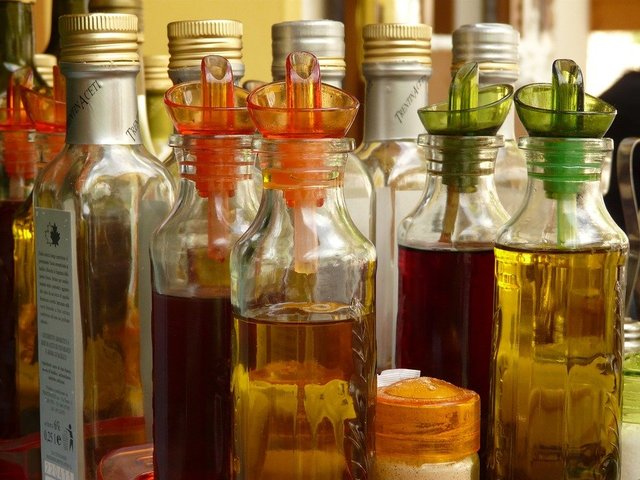Science and health behind vinegar

My maternal grandmother always used to say that vinegar is the source of life, with time, fundamentally in my years of university education, I noticed the popular aphorism of my grandmother Aura Rosa, because when I studied its chemical composition I understood why vinegar has so many positive effects on our health.
Have you ever wondered why vinegar is good for so many things, or at some point in your life have you heard that consuming vinegar in moderation can have positive effects on your health, specifically in people suffering from different pathologies, such as insulin problems, obesity, cardiovascular diseases, and even Alzheimer's disease?.
Vinegar or "sour wine" according to chemical terminology is basically dilute acetic acid that can be extracted from a large number of sugar-rich plant species by means of rigorous fermentation processes where chemical oxidation reactions occur that end up transforming the carbohydrates present in the plant organs into acetic acid.
Now, this diluted acetic acid obtained from sugar-rich plant species such as grapes (Vitis vinifera), has these beneficial effects mainly because vinegar can improve blood glucose levels in those people resistant to insulin, help reduce high triglyceride values, in addition to vinegar has the ability to reduce blood pressure and body fat.

Fig. Vinegar extracted from the Vitis vinifera grape has positive effects on health. Image of public domain, Author: Brett_Hondow, 2016
To close this publication, it is necessary to remind you that vinegar is not only beneficial for our health, in my opinion, in addition to its potential as a natural remedy, it is a great ally for washing fresh food and also for cleaning and disinfecting areas subject to contamination in our home.
BIBLIOGRAPHICAL REFERENCES CONSULTED:
[1] Humayun A Effect of Apple Cider Vinegar on Glycemic Control, Hyperlipidemia and Control on Body Weight in Type 2 Diabetes Patients. 2019. Article: Online access
[2] Chen H., Chen T., Giudici P Vinegar Functions on Health: Constituents, Sources, and Formation Mechanisms. 2016. Article: Online access
OBSERVATION
